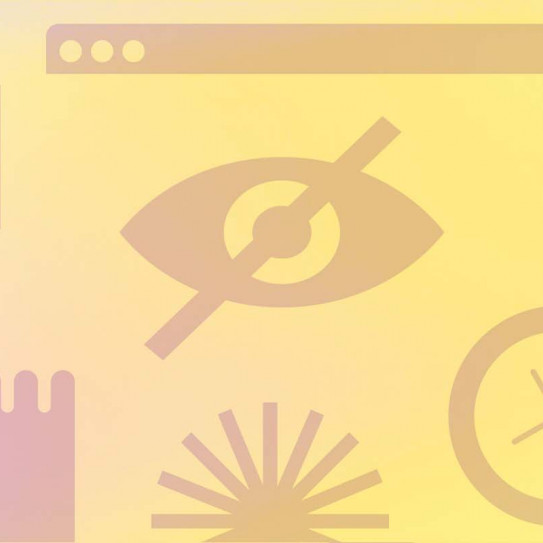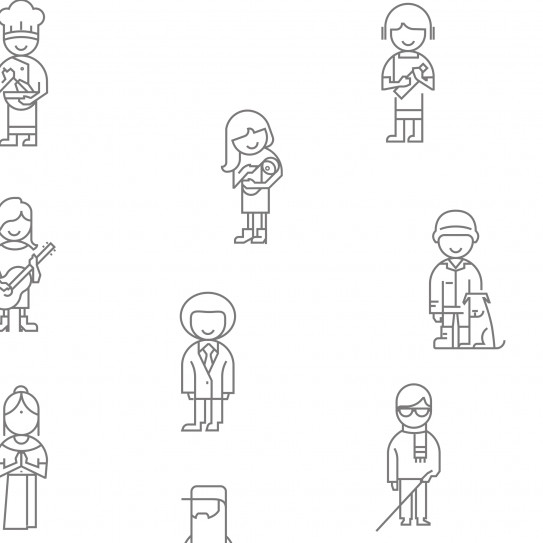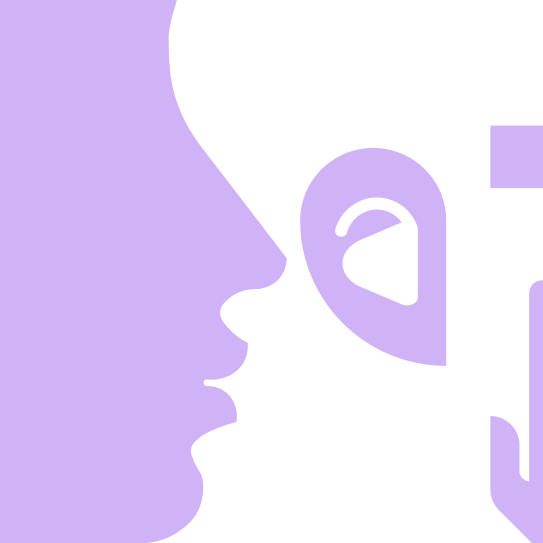
Don't make me ask for help: turning real accessibility struggles into digital equality
When my vehicle rolled over on its roof in a self-inflicted crash, my neck broke. Suddenly, I was paralyzed from my chest down, I lost a large part of my independence, and instead I got a load of accessibility challenges.
A workaholic without disability insurance
I was determined to keep participating in society as much as possible, and online ordering was blooming. Some great people thought I deserved a break, so I got the chance to start working at a website design agency. Designing websites requires using all kinds of software.
My ideal was to work behind a computer without having to ask for assistance all the time. I quickly learned how to grip a mouse with two hands and click while leaning my hands to the left or right side.
Those damned challenges
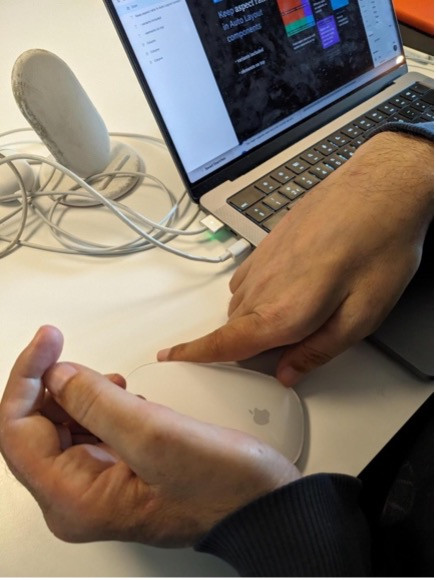
Crazy hands with no finger mobility
It turned out to be a surprisingly effective way to work as a digital designer, but it’s not all fine and dandy. Some challenges with software I use daily: the Figma design software requires users to hold down the spacebar while dragging the mouse when you want to scroll across the canvas; to make a screenshot Apple wants you to press Command, Shift & 4 at the same time; the razor-thin scrollbar in collaboration software Miro takes me on average three tries to grab it with my mouse pointer.
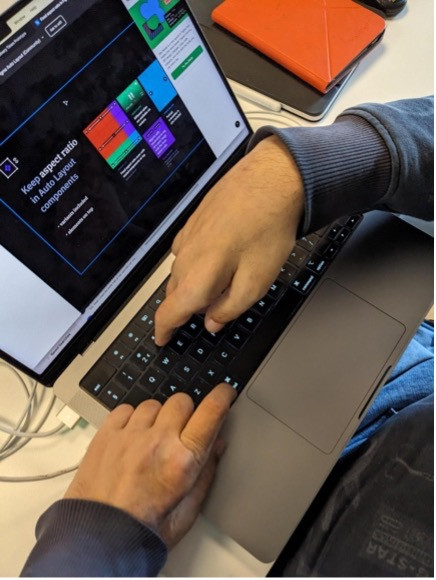
When your fingers don’t function anymore, screenshots in OSX really require three crazy hands
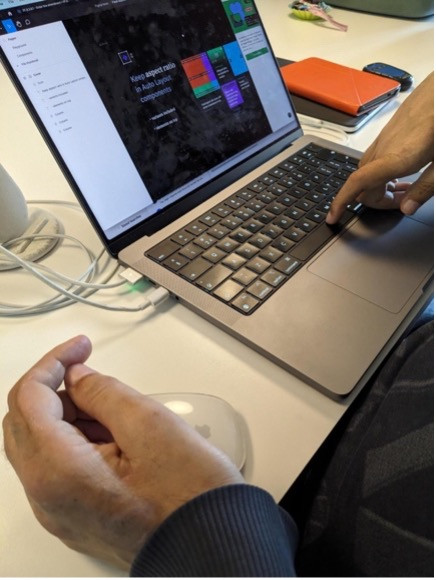
To scroll in Figma you need to keep the spacebar depressed?!

The Miro scrollbar at the right edge is razor-thin and thus terribly hard to grab
Ordering online is a godsend
As I was mastering my mad mouse skills, I stumbled onto the jackpot of convenience – online shopping. Ordering online became a lifeline, erasing the obstacles of physical stores. Yet, as I embarked on this digital journey, I couldn't help but notice the disparities in accessibility on various websites, a reminder that convenience for many still depends on the website owners.
Paying attention to accessibility would allow me and many other customers with disabilities to order without assistance. That's why, dear website owners, I’m passionately making the case for prioritizing web accessibility.
Grant disabled customers their independence
Non-disabled website owners rarely contemplate the barriers and challenges users with disabilities encounter, partly because they don’t experience those problems themselves. They, for example, don’t need to ask for assistance to put an article in a shopping basket. I totally get that. But just think about your old grandmother who has problems with unclear web interfaces, your childhood friend who became disabled because of sickness, your favourite nephew who is dyslexic, your girlfriend who is colour blind, and the challenges they still encounter when shopping online!
There’s an estimated 80 million people in the EU who have disabilities. Many of them experience some kind of accessibility friction when shopping online. E-commerce product owners not only have the duty to ensure website compliance to the European Accessibility Act, but also the power to enable individuals with disabilities to lead more independent and inclusive lives.
Make a start today
Web accessibility means that websites are designed and developed so that people with disabilities can use them. What you could easily do, is to check if your website has any of these accessibility problems:
- Not enough color contrast.
- Menus/navigation that weren't created with accessibility in mind.
- Forms that aren't accessible for people with disabilities.
- Hyperlinks that aren't descriptive.
- Unhelpful alt text.
- Incorrect use of headings.
- Adding text within images.
- Including non-accessible PDFs on your site.
- Insufficient keyboard accessibility.
- Tables formatted without accessibility in mind.
Accessibility isn't just a compliance challenge; it's a responsibility that bridges the gap between inclusivity and isolation. Help shape a digital world where everyone can thrive, breaking down barriers and fostering a more inclusive tomorrow.
WEBSITE ACCESSIBILITY REVIEW
Find out what website changes need to be made to comply with the EAA. Do not wait until is too late - start your accessibility journey with an audit!
Request Audit
